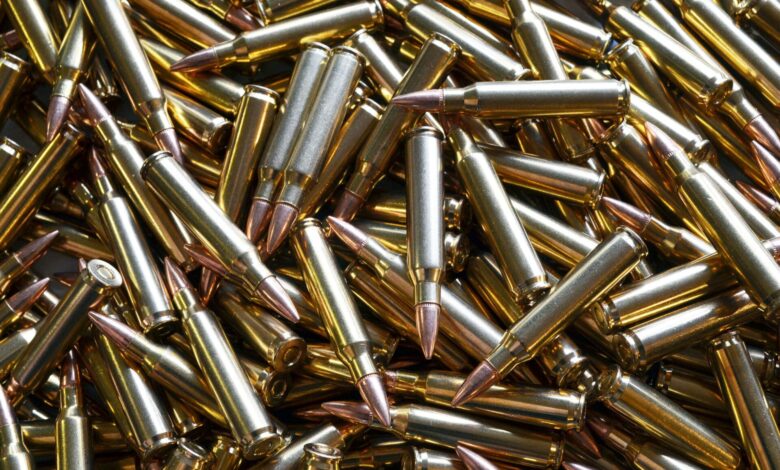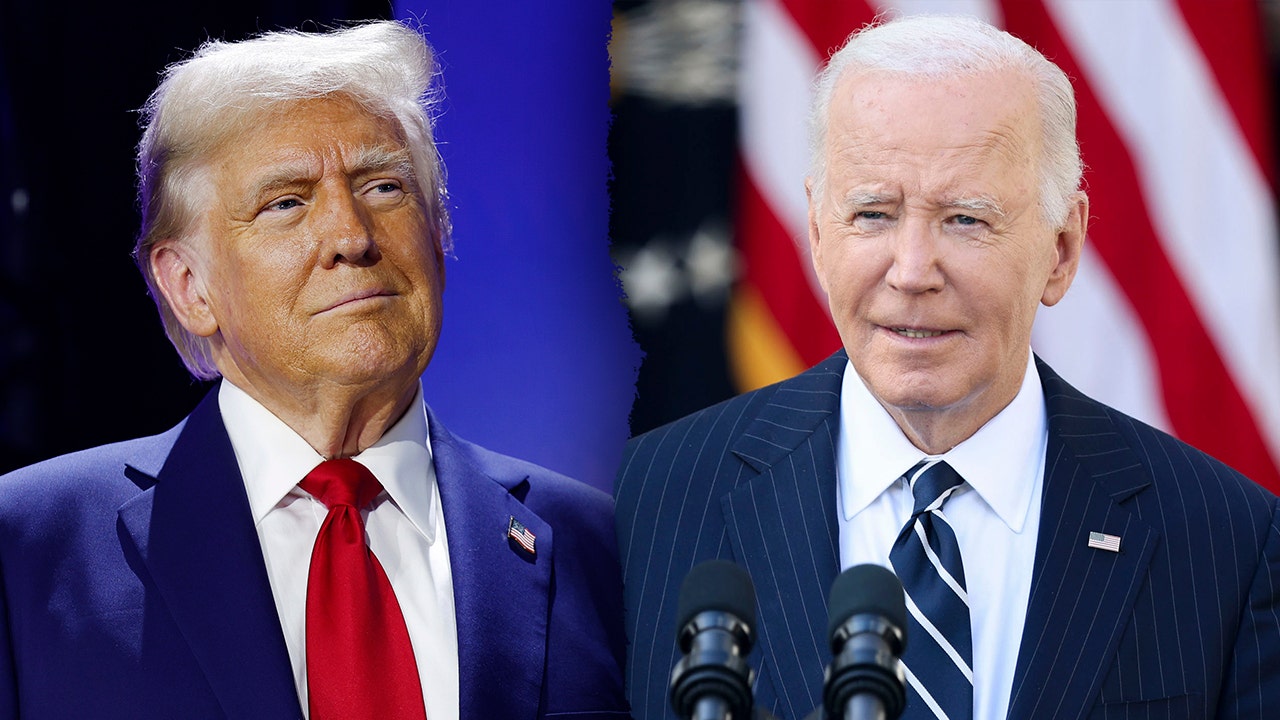Winter is Coming: Are We Running Out Of Gunpowder?

A gunpowder shortage is here, but it hasn’t affected the supply of popular ammo like 9mm and 5.56 NATO, yet. There is still plenty of popular ammo on dealers’ shelves both in brick-and-mortar retail stores and online. But the gunpowder shortage is here and coming at us like a slow-moving hurricane. We know it is coming, just not sure when it will hit.
The problem when covering news like a gunpowder shortage is that it is almost a self-fulfilling prophecy causing a run on ammo supplies. I tend to be skeptical and not cynical, but I am suspicious. I have no crystal ball, but I do know people in the ammunition making and selling industries. Is it a grand marketing scheme to sell ammo? Or is it real? From those I’ve spoken to, the shortage is real, but it is not all gloom and doom. Some call it a typical manufacturing cycle. Others call it economics 101 and a simple case of supply and demand. There are other added factors, too, like a war in Europe and conflict in the Middle East, that play into the shortage.
It’s called the FUD factor: Fear, Uncertainty and Doubt. We have had a lot of fear, uncertainty and doubt in past years. Good reasons to buy ammo. Lots of ammo. The mere hint of a lack of supply causes a run on products. It’s a vicious circle.
What Caused Past Ammo Shortages?
The first ammo shortage coincided with Obama’s second term. When Democrats in office turn up the gun control rhetoric, that causes consumers—you and me—to buy guns and ammo for fear of not being able to get either. Legislation can be a significant factor in most ammo shortages.
The most recent ammo shortage, however, was a combination of a pandemic and national instability, causing a near perfect storm. Covid hit us with a sucker punch in 2020, and we didn’t know what was going to happen. Not that buying ammo would treat Covid, but there was that uncertainty over the supply of all goods. Remember people hoarding toilet paper? Ammo was on that list of supplies, maybe below masks and hand sanitizer, but it was on the list.
The national instability came with the fallout from George Floyd’s death while being taken into police custody in 2020. Call them protests or riots, people were in fear. Respect for law and order had evaporated throughout the country. Cancel culture became the mantra of mobs on the street as statues were pulled down in attempts to rewrite history. Law enforcement was at times helpless to stop the rampage or as was most often the case, hand-tied by left leaning public officials who were either afraid to raise the ire of the mobs or in some instances, saw a political opportunity in allowing rioters to run amuck under the guise of “peaceful protests.” Businesses were destroyed, and we vividly remember home owners standing their ground in their front yard brandishing AR-15s and handguns. We all wondered if the mob was going to come to our neighborhood next. Ammo flew of the shelves as gun purchases also skyrocketed. Safety and self-rescue were our only options during that period. The social contract had been broken.
The New Ammo Shortage
The cause of this new ammo shortage is different. Global instability with wars in the Middle East and Ukraine is draining the market of gunpowder. Artillery shells use copious amounts of gunpowder—not the exact kind in your 308 Winchester cartridge—but it all comes from nitrocellulose, the key material in producing gunpowder and other munitions propellants. Nitrocellulose is not just used in producing gunpowder, but is also used to manufacture paints, ink and other finishes. Nitrocellulose is an agricultural product with Thailand, China and India the largest producers. The U.S. is a major importer. According to the Washington Times, members of Congress approached the Biden administration on getting ahead of the shortage back in April of this year. The intent of the Ammunition Supply Chain Act was to require the Biden administration to submit a report to Congress about the current state of the domestic supply of necessary components for smokeless gunpowder. No such report, however, has been provided by the Biden administration.
Players In The Ammo Space
The only domestic gunpowder manufacturer is St. Marks in Florida, a division of General Dynamics. St. Marks produces a broad spectrum of ball powder propellants for rimfire and magnum rifle cartridges to 20mm munitions and pistol cartridges.
“With the Ukraine-Russia war and the fighting around Israel, gunpowder production has shifted to military needs,” says Peter Foss, CEO of Shell Tech ammunition. “We secured powder for our production knowing the shortage was on the horizon.” Shell Tech is a nimble ammunition manufacturer that produces high-quality ammo loaded in a two-piece proprietary shell case designed to outperform brass and nickel-plated brass for the same price as brass. Small manufactures can be fast to react while the big players—Remington, Hornady, Federal, Winchester, Fiocchi, and others—are large corporations that cannot easily turn on a dime. There is a board of directors they report to.
I contacted numerous large ammo manufacturers for comment, but all I got was crickets. I get it. It does them no good to comment. At best. large ammunition manufactures can run a third shift, but they can’t stockpile powder since security and storage space costs is not in the budget. The big ammo players have also seen this cycle of supply and demand before and by the time they gear up the supply will be back to normal. This doesn’t mean the big players have not prepared. They have produced plenty of popular ammo like 9mm, 5.56 NATO, .308 Winchester, .30-30 and the like. It’s the less popular calibers like .44-40 Winchester, 6.5 Swede and others that become hard to find.
You may have already seen the impact of a coming gunpowder shortage.
“Some magnum rifle calibers are being loaded with different powders,” says Steve Fox COO of Shell Tech. “You may notice that your magnum rifle caliber doesn’t have the velocity it should. That’s because the powder for those calibers is not available and an alternative powder is being used.” Foss and Fox also mention that brass is available but large primers—another product imported from oversea into the U.S.—have become harder to find.
An Ammo Retailer’s Perspective
Dan Wolgin, CEO of Ammunition Depot, has weathered the ammo shortage before. He did a quick back of the envelope calculation using the amount of munitions going to help Ukraine and Israel and quickly determined about 27 million pounds—give or take—was being diverted. That amount of powder equates to about 40 billion 9mm rounds.
“During COVID, 9mm was more impacted than any other caliber,” Wolgin says. “With the military need, 5.56 NATO sees an impact.” Regardless of the factors, .22 LR goes first, typically because it cost less and is perhaps viewed more in this situation as a survival round. Wolgin believes in being nimble so he has stockpiled ammo and other supplies, so he can provide both availability and good prices. Understand it costs money to hold and store inventory and some retailers just can’t manage the numbers.
“It really comes down to supply and demand,” says Wolgin, “and having good relationships with suppliers and customers.” The demand for gunpowder has risen and there is only so much supply.
At the present there is plenty of ammo available at good prices. A quick online search found 9mm rounds going from $.21 to $.24 per round; 5.56 NATO is $.50 to $.62 per round depending on the quantity being purchased.
2024 Gunpowder Shortage: What To Do
Today, less than a month prior to the 2024 election there are rumors that another ammunition shortage is pending due to the shortage of gunpowder. Get ahead of the curve and buy when prices are low so your guns aren’t running on fumes. Or you can wait and cry about the higher prices. Either way, the storm is coming. This is your chance to be prepared.







